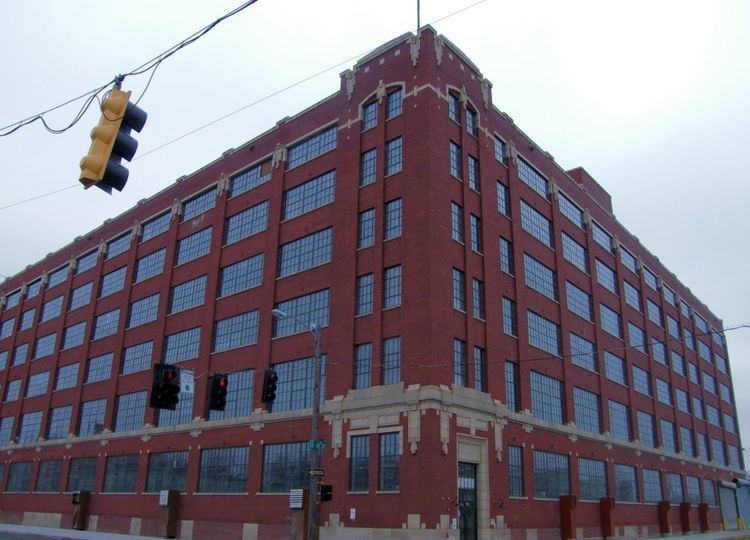 | ||
The Big Chief tablet is a popular writing notebook for young children in the United States. The notebook is made with newsprint paper and features widely spaced lines, easier to use for those learning to write. The tablet has a prominent representation of a Native American in full headdress on the cover, hence the name "Big Chief."
History
The tablet was originated by William Albrecht (1879-1945), whose family had a stationery business in Quincy, Illinois. In 1906 he opened the Western Tablet Company in St. Joseph, Missouri, and it became the world's largest paper tablet producer. Albrecht's home on Frederick Boulevard in St. Joseph is now the Albrecht-Kemper Art Museum. Western Tablet trademarked the Big Chief in 1947. Western Tablet expanded in the 1920s and moved its headquarters to Dayton, Ohio but most of the manufacturing components remained in St. Joseph. In 1964 the company was renamed "Westab."
Usage of the Big Chief peaked in the 1960s when another Westab invention—the spiral notebook—began to claim bigger market share.
In 1966, the Mead Corporation acquired the Western Tablet. Mead subsequently sold the Big Chief line to Springfield Tablet of Springfield, Missouri.
In January 2001, Everett Pad and Paper of Everett, Washington, purchased the inventory from Springfield. They closed their plant, after 80 years operations, and Big Chief tablet production was halted. The plant in St. Joseph where the tablets were produced was closed in 2004 when Mead left the city.
In 2012, American Trademark Publishing of Brookshire, Texas, resumed the production of the Big Chief Writing Tablet.
